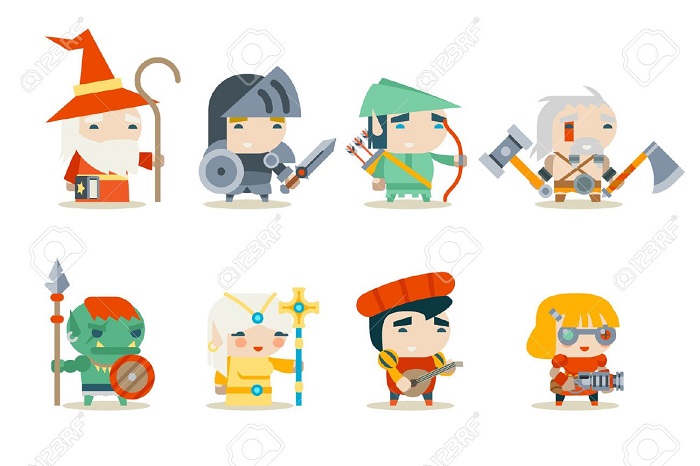Regardless of the medium, if you want to tell a good story, you need to introduce some colorful characters from different backgrounds and with different personalities. But, when the story is based on real life, it is hard to distinguish if you are using diversity or tokenism.
For the people not tokenised there won’t be a difference. They can both be familiar with the stereotype and accept it as it is or be completely unfamiliar with that group and thus the information you bring will be the first time they learn anything about that group of people.
But, for the members of that group, the fact you made a two-dimensional character will be obvious. It can be either boring or outright insulting, depending on the stereotypes you have chosen to use. You want to have a researched and plausible guess about how someone would act and feel, and not a casino-style bet about what they might be.
To make certain that you are using diverse characters, you must never start with the superficial features. Remember that every person is that person first with their gender, race, ethnicity, sexuality, and even beliefs coming second. Even two people who belong in all the same groups together may be polar opposites because of their core character.
The story comes first
The best stories are the ones that can be relatable regardless of who is reading them. In the grand scheme of things, all humans are quite similar and the human experience differs only slightly and superficially.
But, those few instances where we are different are usually the spice of life and the basis of every good story. While a tale of two brains in a jar falling in love with each other sounds like it is devoid of our ‘current understandings of love and sexuality’ is exactly the opposite, it is the truest form of the human experience of mutual affection. The fact that they are just brain is what makes them special, and what would make the story fun.
And those spices, where the slight differences make conflict, must be used carefully. You want to make a character where their human existence is emphasized by their many identities, not defined by them. They need to have their own story, detached from any group that they might belong to. They must be humans first.

Finally, even if they are not humans, you should never use that lack of humanity as a hand wave for lazy writing. You don’t want to be called ignorant in the future when aliens come and read your work.
Diverse people and diverse perspectives
For every author, the audience can tell which are the groups they like, dislike, fetishize, or know absolutely nothing about.
In modern popular media, one of the groups that are always allowed to be made fun of is geeks. Not dorks, but geeks as people particularly interested in a subject. These people usually know a lot about tech and are sometimes even the creator of some McGuffin.
Instead of looking up a manual to see how actual devices work, authors will often jump straight to fictional science and talk about quantum this and that, even if that would be clearly against the rules of the universe you have made. And the character with big glasses and no social skills or friends will annoy everyone who is a part of that group and know about it.
Remember, Nikola Tesla is now often portrayed as a weird recluse and eccentric, even though there are notes about his meetings where many (many many) women described him as charming, charismatic, impeccably dressed, and very entertaining.
Write What You Know
Writing what you know doesn’t need to be only the things you have experienced. But, you must research what you are talking about.
For instance, there are several high-budget Hollywood movies that mention soccer and The United Kingdom playing some other national team. But, for anyone that has once opened a betting sportsbook, they will know that the UK doesn’t have a national soccer team but rather a different team for England, Scotland, Wales, and Northern Ireland.
This is an annoying mistake, but not an insulting one, even though there are a lot of people who rank being a soccer fan quite high in their list of identities. Now imagine doing the same for someone’s ethnicity, culture, or sexuality.
‘’Yeah, Jim, he is from Aurora, Denver. A true Texan, that one!’’ – Doesn’t sound right, right?
Don’t harass your audience
Finally, you should never, by any means, use your stories to harass or denigrate any identity of people. All you know, those people might be your audience, and you don’t want to pick fights with people you are trying to entertain.
This doesn’t mean never showing some person belonging to some group as a bad person. But, they should be a good or bad person because of their character and not their affiliation to some superficial identity.
Missing that mark will break your story and your game. But, if you make it at least honestly and dutifully, you will have something everyone will enjoy.

